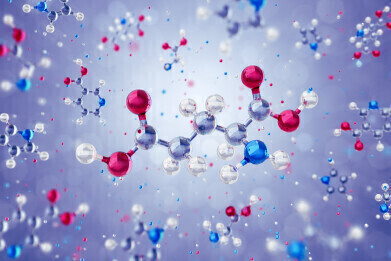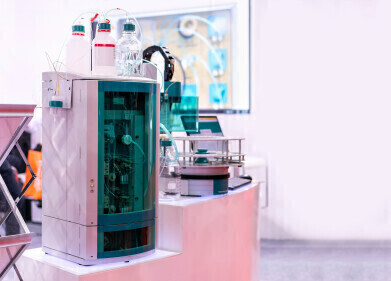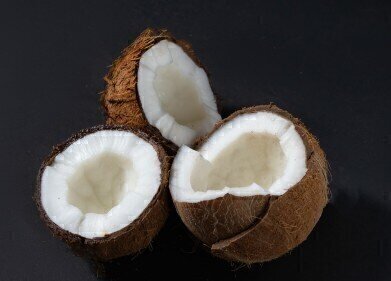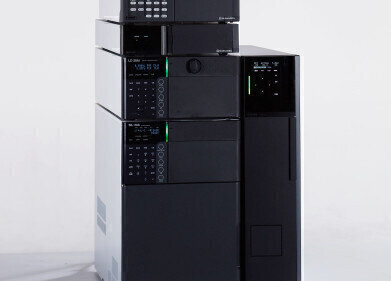Ion Chromatography (IC)
Measuring Organic Acids and Organic Anions with Precision
Oct 04 2023
Organic acids and organic anions are essential components of the biochemical processes that occur within living organisms. Accurate measurement of these compounds is crucial for understanding metabolic pathways, diagnosing diseases, and monitoring environmental health. Over the years, various methods have been developed to measure organic acids and organic anions, each with its own advantages and limitations. In this editorial, we explore some of these methods and highlight the importance of continued advancements in analytical techniques.
One of the most commonly used methods for measuring organic acids and anions is high-performance liquid chromatography (HPLC). HPLC offers high sensitivity and specificity, making it suitable for a wide range of applications, from clinical diagnostics to environmental monitoring. Researchers can choose from a variety of columns and detectors to optimise their analysis for specific compounds. However, HPLC can be time-consuming and requires skilled personnel.
Gas chromatography-mass spectrometry (GC-MS) is another powerful tool for organic acid and anion analysis. GC-MS combines the separation capabilities of gas chromatography with the mass spectrometry's high sensitivity and specificity. This method is especially valuable for volatile and semi-volatile organic acids. Nevertheless, GC-MS may not be suitable for all compounds, as some may not readily vaporise.
Nuclear magnetic resonance spectroscopy (NMR) is a non-destructive technique that allows for the identification and quantification of organic acids and anions in complex mixtures. NMR provides valuable structural information and can be used for both qualitative and quantitative analysis. However, it may lack the sensitivity of other methods, making it less suitable for trace-level detection.
Advancements in technology have also led to the development of novel techniques like capillary electrophoresis (CE) and ion chromatography (IC). CE offers excellent separation efficiency and is particularly useful for charged compounds like organic anions. IC, on the other hand, is designed specifically for the analysis of ions and ionisable compounds, making it ideal for organic anion quantification.
As we delve deeper into the complexities of organic acids and organic anions, it is essential to continue refining and developing measurement methods. Researchers should aim to improve sensitivity, reduce analysis time, and enhance the versatility of these techniques. Additionally, interdisciplinary collaboration between chemists, biologists, and clinicians can help tailor these methods to specific applications, from medical diagnostics to environmental monitoring.
More information online
Digital Edition
Chromatography Today - Buyers' Guide 2022
October 2023
In This Edition Modern & Practical Applications - Accelerating ADC Development with Mass Spectrometry - Implementing High-Resolution Ion Mobility into Peptide Mapping Workflows Chromatogr...
View all digital editions
Events
Apr 28 2024 Montreal, Quebec, Canada
May 05 2024 Seville, Spain
May 15 2024 Birmingham, UK
May 19 2024 Brno, Czech Republic
May 21 2024 Lagos, Nigeria














